Home>Ideas and Tips>Home Theater Blackout Curtains Installation for Light Control
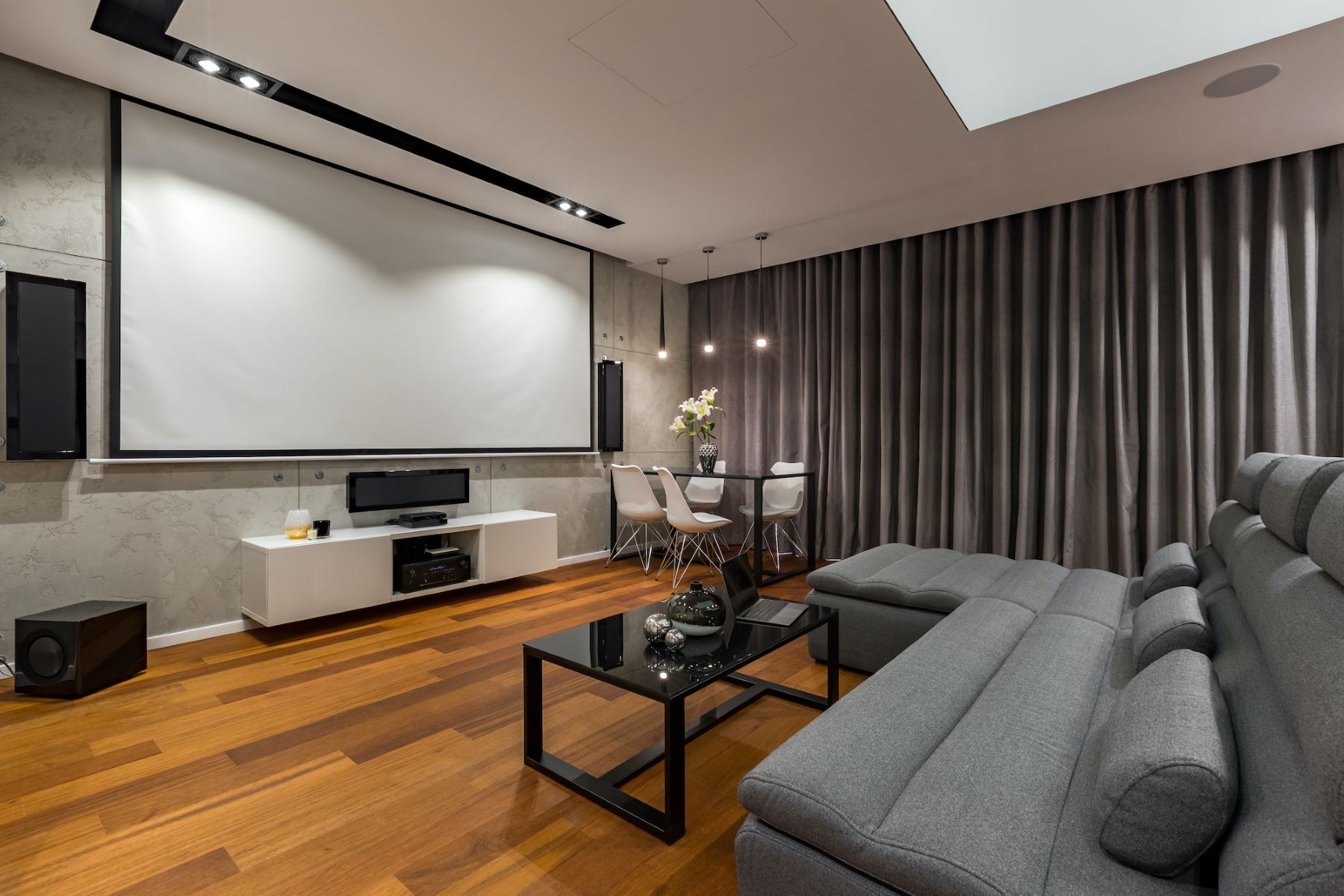

Ideas and Tips
Home Theater Blackout Curtains Installation for Light Control
Published: September 2, 2024
Master light control with our guide to installing home theater blackout curtains. Enhance your viewing experience with effective light and noise reduction.
(Many of the links in this article redirect to a specific reviewed product. Your purchase of these products through affiliate links helps to generate commission for Storables.com, at no extra cost. Learn more)
Introduction
Creating an immersive home theater experience is not just about the sound system; it's also about the visual elements that enhance the overall ambiance. One crucial aspect of achieving this is through the strategic use of blackout curtains. These curtains not only block out unwanted light but also help in maintaining a consistent temperature, reducing noise, and enhancing the overall aesthetic of your home theater. In this article, we will delve into the world of home theater blackout curtains, focusing on their installation and light control.
Why Blackout Curtains?
Blackout curtains are essential for a home theater setup for several reasons. First and foremost, they provide light control. The primary purpose of blackout curtains is to block out external light sources. This is crucial for creating a dark environment that enhances the visual experience of your movies or TV shows. External light can make it difficult to see the screen, reducing the overall quality of your viewing experience.
Another significant benefit of blackout curtains is temperature control. These curtains can help maintain a consistent temperature in your home theater. By keeping the room cooler in the summer and warmer in the winter, these curtains can reduce the need for air conditioning or heating, which can save energy and lower utility bills.
Additionally, blackout curtains can contribute to noise reduction. Thick, heavy blackout curtains can act as a sound barrier, reducing external noise that might disturb your viewing experience. This is particularly useful if you live in a noisy area or have family members who like to make noise late at night.
Lastly, blackout curtains can enhance the aesthetic appeal of your home theater. They come in a variety of styles and materials, allowing you to choose ones that complement your home theater's décor. They can add a touch of elegance and sophistication to the room while also serving their functional purpose.
Choosing the Right Blackout Curtains
When selecting blackout curtains for your home theater, there are several factors to consider:
-
Material: The material of the curtains is crucial for their effectiveness. Look for thick, heavy fabrics such as velvet, canvas, or thermal blackout materials. These materials are designed to block out light and reduce noise.
-
Thickness: The thickness of the curtains is directly related to their ability to block out light and noise. Thicker curtains are generally more effective than thinner ones.
-
Color: While black is the most common color for blackout curtains, you can also choose other colors that match your home theater's décor. However, keep in mind that lighter colors may not be as effective at blocking out light.
-
Style: Blackout curtains come in various styles including panel curtains, roller shades, and cellular shades. Each style has its own advantages and disadvantages, so choose one that fits your needs and preferences.
-
Brand and Quality: Not all blackout curtains are created equal. Look for brands that specialize in home theater solutions and read reviews to ensure you're getting high-quality curtains that will meet your needs.
Measuring Your Windows
Before you start shopping for blackout curtains, it's essential to measure your windows accurately. Here’s how you can do it:
-
Measure Width: Measure the width of your window from one side to the other. Make sure to measure at the top of the window frame where the curtain will be hung.
-
Measure Length: Measure the length of your window from the top of the frame to where you want the curtain to fall. Typically, you want the curtain to fall about 2-3 inches above the floor to prevent light from seeping underneath.
-
Consider Overlap: If you're using panel curtains, consider how much overlap you need between panels. A general rule of thumb is to have at least 1 inch of overlap on each side.
Installing Blackout Curtains
Installing blackout curtains is relatively straightforward and can be done by anyone with basic DIY skills. Here’s a step-by-step guide:
Tools Needed:
- Measuring tape
- Level
- Drill or screwdriver
- Curtain hooks or brackets
- Curtain rod or track
Steps:
-
Prepare Your Window Frame:
- Clean the window frame to ensure there are no dust particles or debris that could interfere with the installation.
- If necessary, remove any existing curtains or blinds.
-
Measure and Mark:
- Measure the width of your window frame and mark it with a pencil.
- If you're using curtain hooks, measure the distance between the hooks and mark them accordingly.
-
Install Curtain Hooks or Brackets:
- Use a level to ensure that the hooks or brackets are straight.
- Drill holes into the window frame at the marked points and screw in the hooks or brackets.
-
Hang Your Curtain Rod or Track:
- Place the curtain rod or track onto the hooks or brackets you just installed.
- Adjust the rod or track to ensure it is level and secure.
-
Attach Your Blackout Curtains:
- Slide your blackout curtains onto the curtain rod or track.
- Adjust the curtains so they are evenly spaced and hang at the desired length.
-
Add Any Additional Features:
- If you're using motorized curtains, follow the manufacturer's instructions to install the motor and control unit.
- Consider adding tiebacks or tassels to keep the curtains in place and add a decorative touch.
Tips for Effective Light Control
While installing blackout curtains is crucial, there are several tips you can follow to ensure effective light control:
-
Seal Gaps: Use weatherstripping or caulk to seal any gaps between the curtains and the window frame. This will prevent light from seeping underneath.
-
Use Thermal Blackout Materials: Thermal blackout materials are designed to block out infrared light, which can pass through regular blackout curtains. These materials are particularly useful if you live in a sunny area.
-
Layer Curtains: Layering multiple layers of curtains can provide even better light control than using a single layer of thick curtains.
-
Use Blackout Liners: If you already have existing curtains that you want to keep, consider adding blackout liners to them. These liners can be attached to the back of your existing curtains using Velcro or adhesive strips.
-
Adjust Curtain Length: Adjusting the length of your curtains can also affect how well they block out light. Typically, you want the curtain to fall about 2-3 inches above the floor to prevent light from seeping underneath.
Maintenance and Upkeep
To ensure your blackout curtains continue to function effectively over time, regular maintenance is necessary:
-
Clean Regularly: Dust and dirt can accumulate on your curtains over time, reducing their effectiveness at blocking out light and noise. Regularly clean your curtains using a soft brush or vacuum cleaner.
-
Check for Damage: Inspect your curtains regularly for any signs of damage such as tears or holes. Repairing these issues promptly will help maintain their effectiveness.
-
Store Properly: When not in use, store your curtains properly to prevent creases and damage. Fold them neatly or hang them on a rod with clips to keep them straight.
Conclusion
Creating an immersive home theater experience requires more than just a high-quality sound system; it also involves strategic use of visual elements like blackout curtains. By choosing the right material, style, and brand of blackout curtains and following proper installation and maintenance tips, you can achieve effective light control that enhances your viewing experience. Whether you're a movie enthusiast or a gamer, investing in high-quality blackout curtains is an essential step towards creating a home theater that rivals commercial cinemas.
In summary:
- Choose Thick Materials: Opt for thick fabrics like velvet or canvas.
- Measure Accurately: Ensure precise measurements for a perfect fit.
- Install Properly: Use curtain hooks or brackets and level them correctly.
- Add Additional Features: Consider motorized options or thermal blackout materials.
- Maintain Regularly: Clean regularly and inspect for damage.
By following these guidelines, you'll be able to create a dark, quiet, and comfortable environment perfect for any home theater setup.
Was this page helpful?
At Storables.com, we guarantee accurate and reliable information. Our content, validated by Expert Board Contributors, is crafted following stringent Editorial Policies. We're committed to providing you with well-researched, expert-backed insights for all your informational needs.
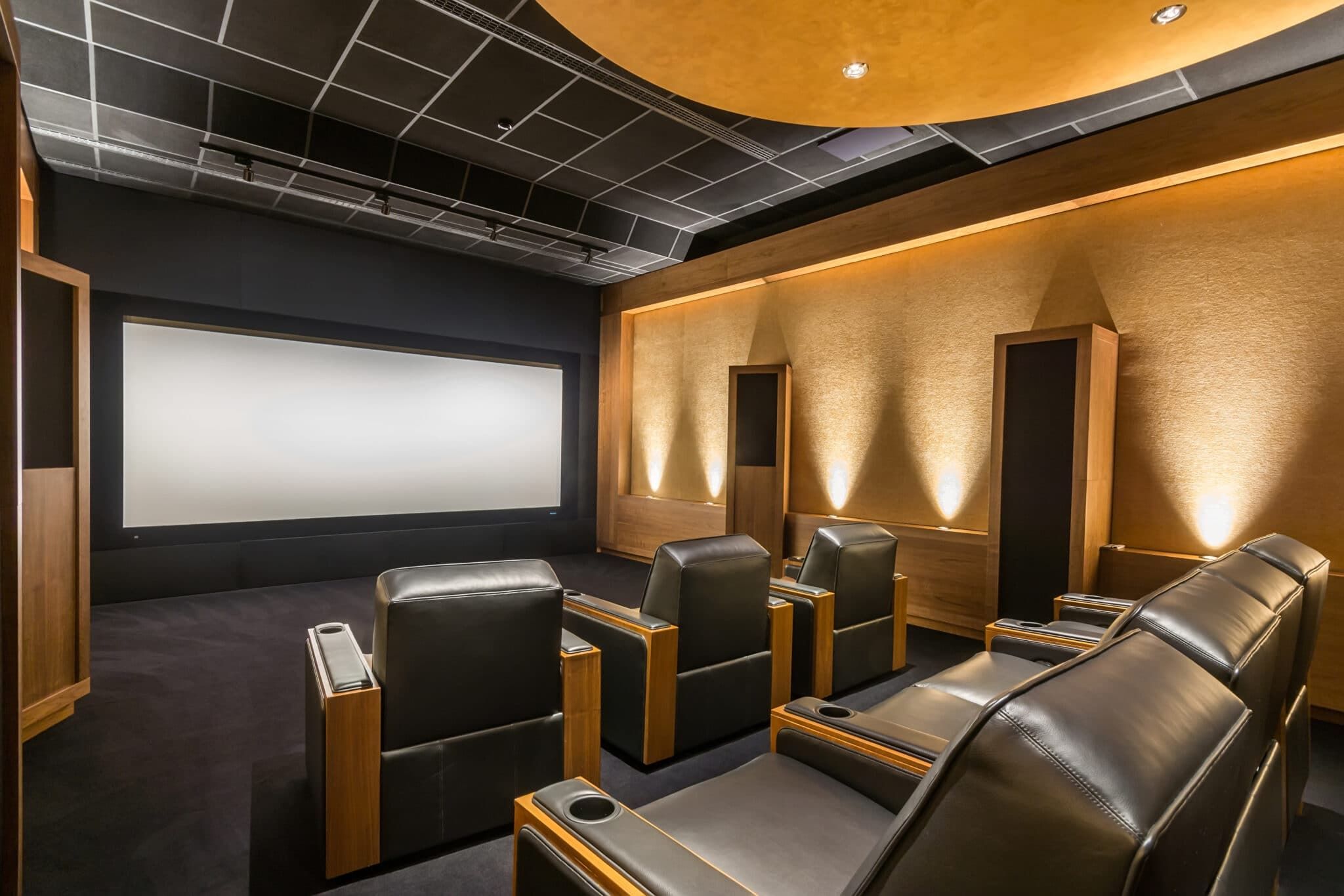
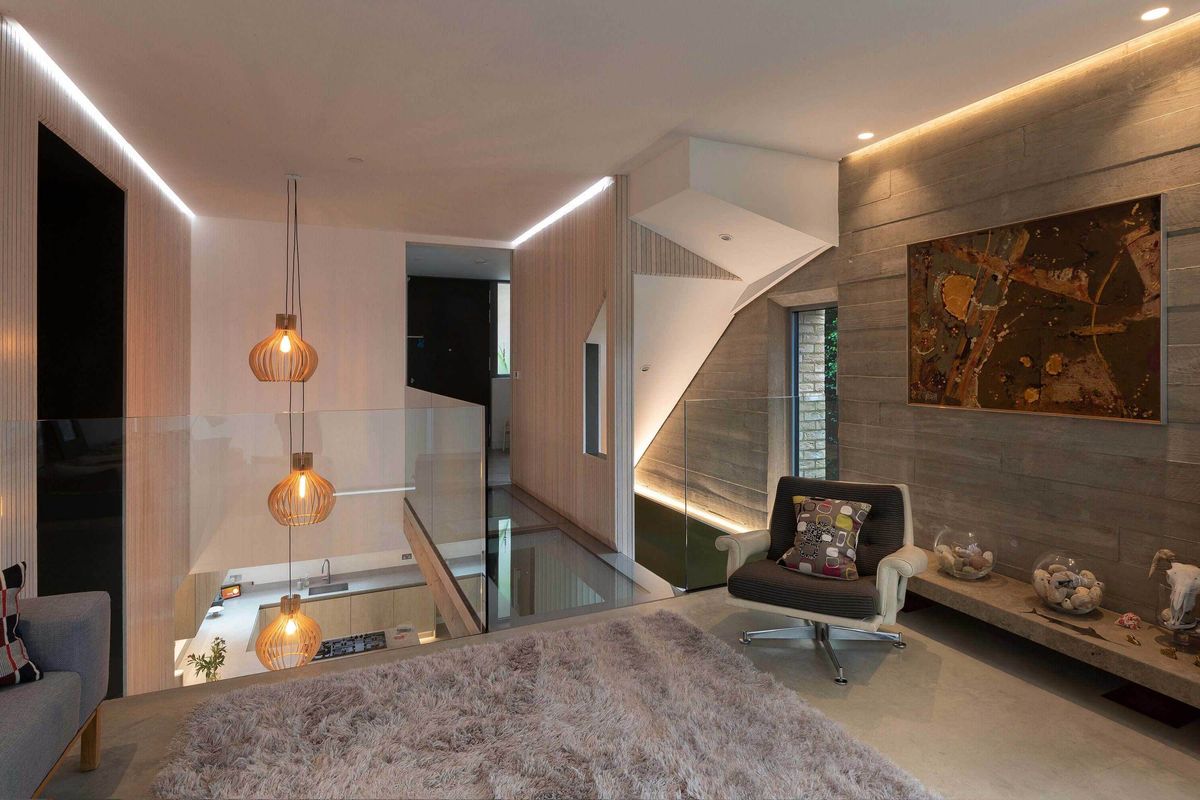
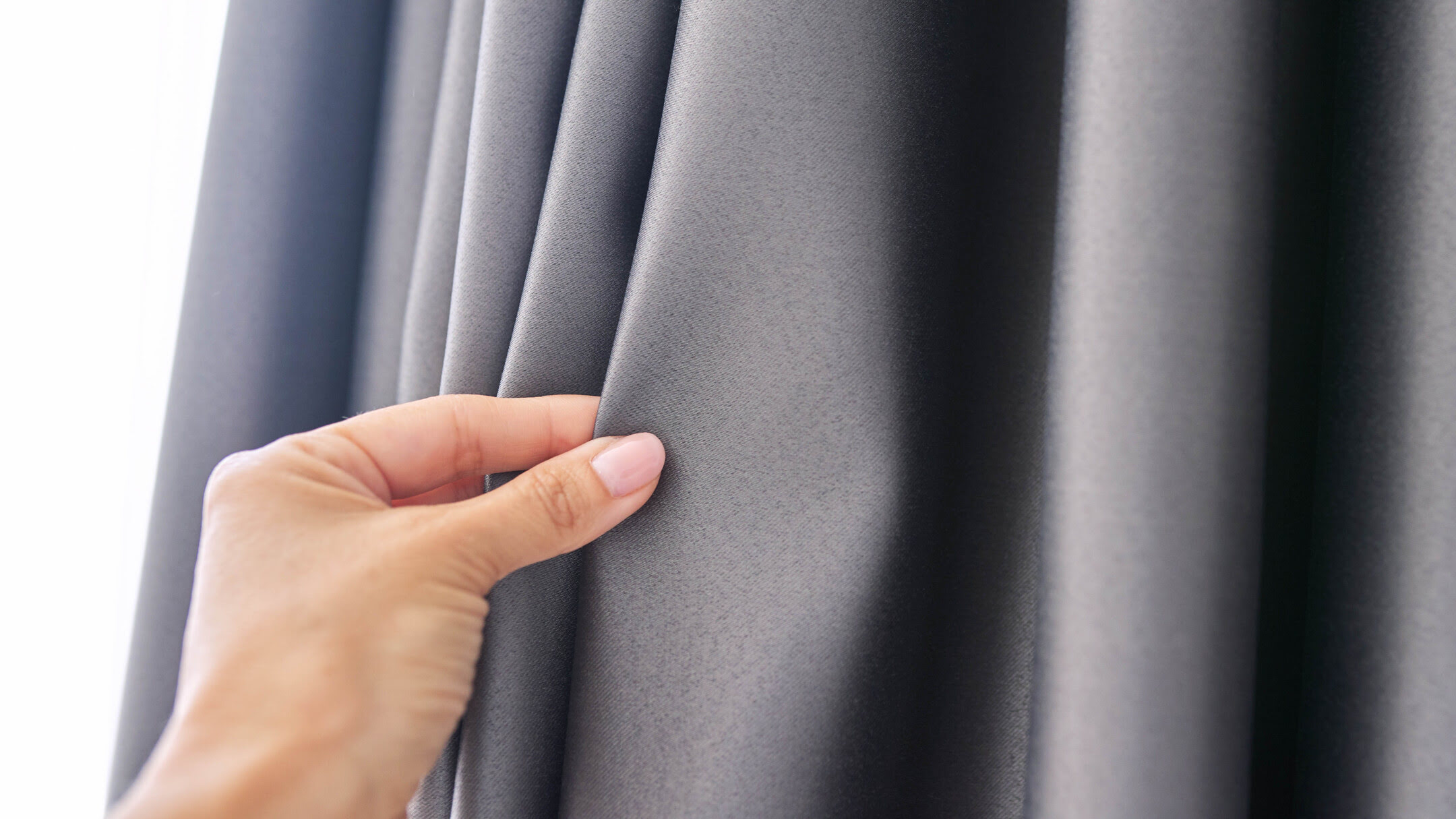
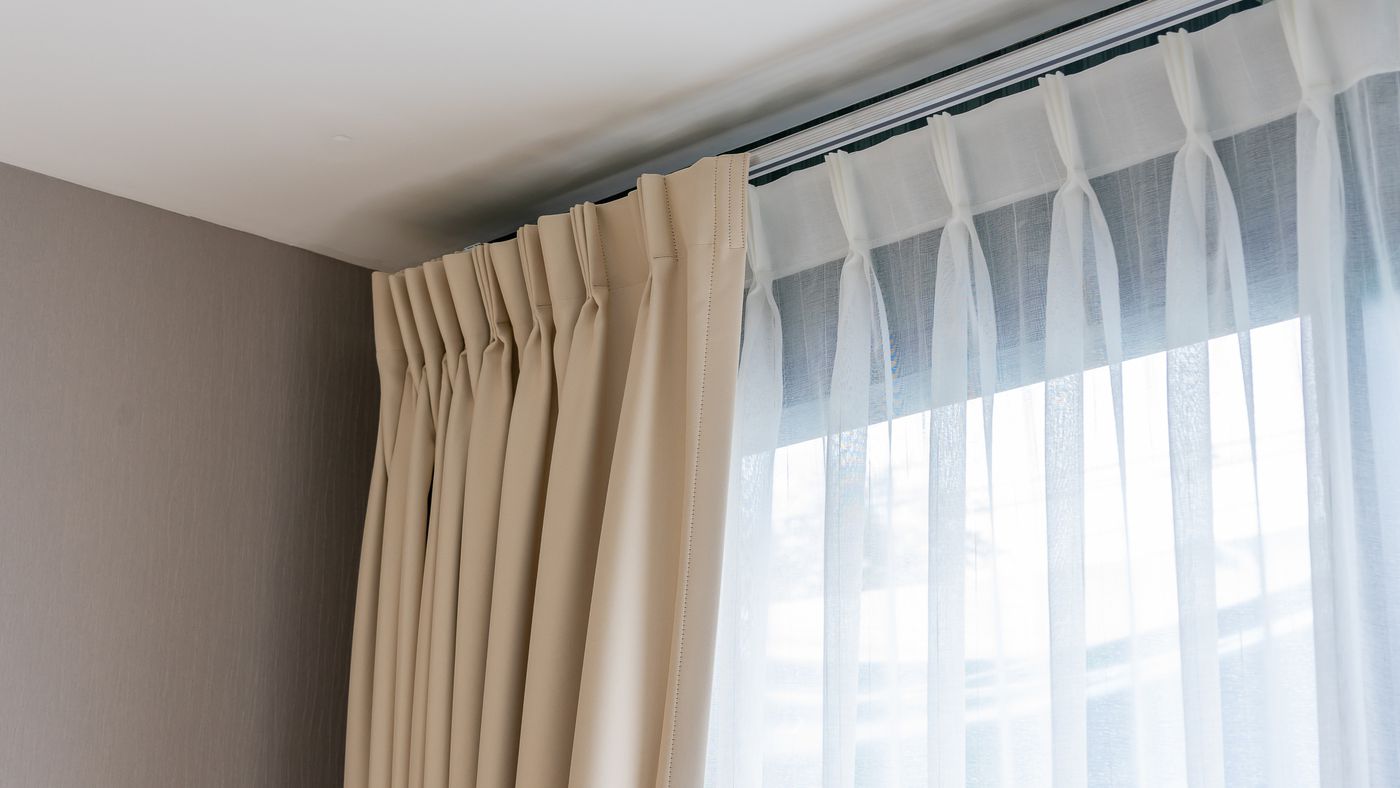
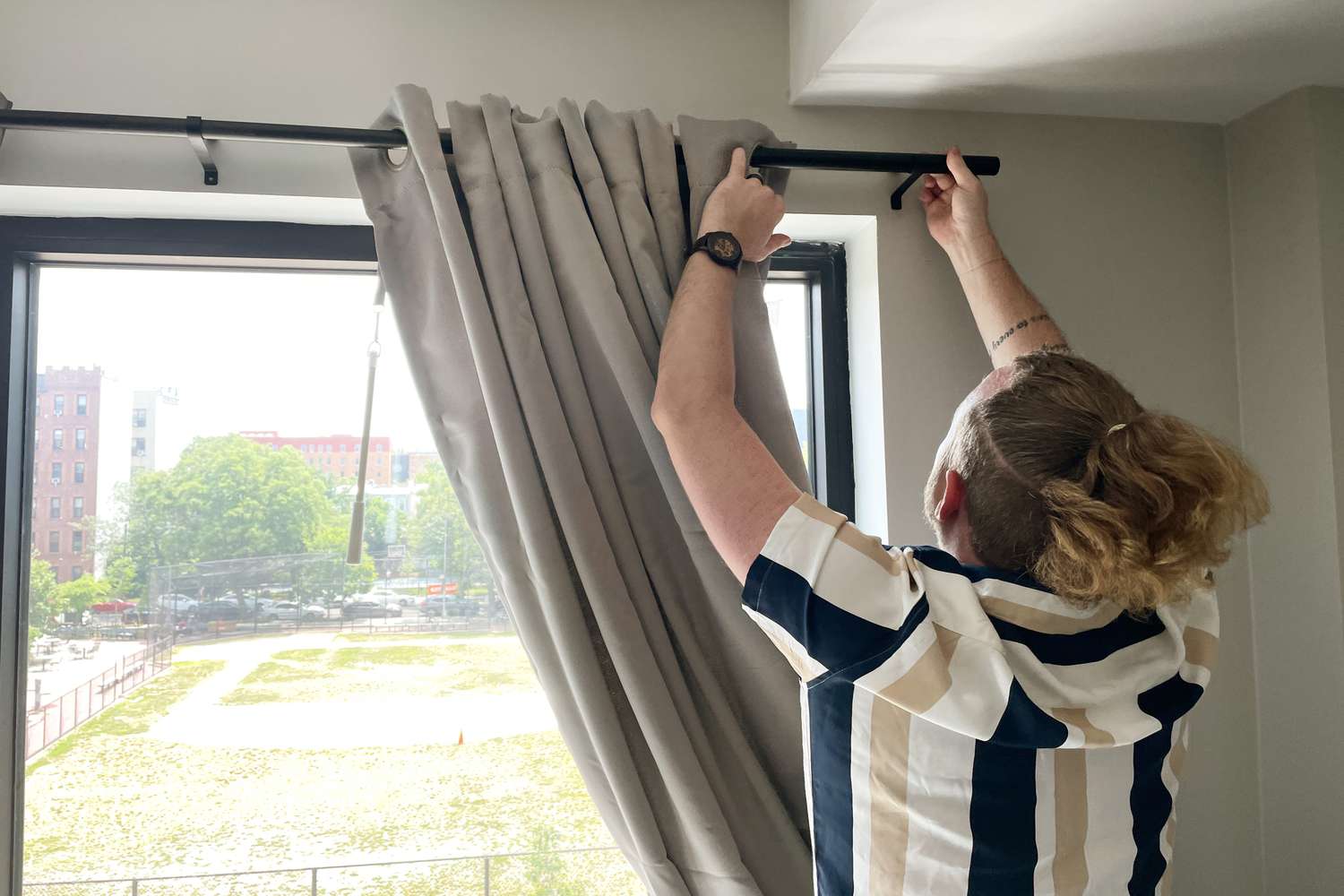
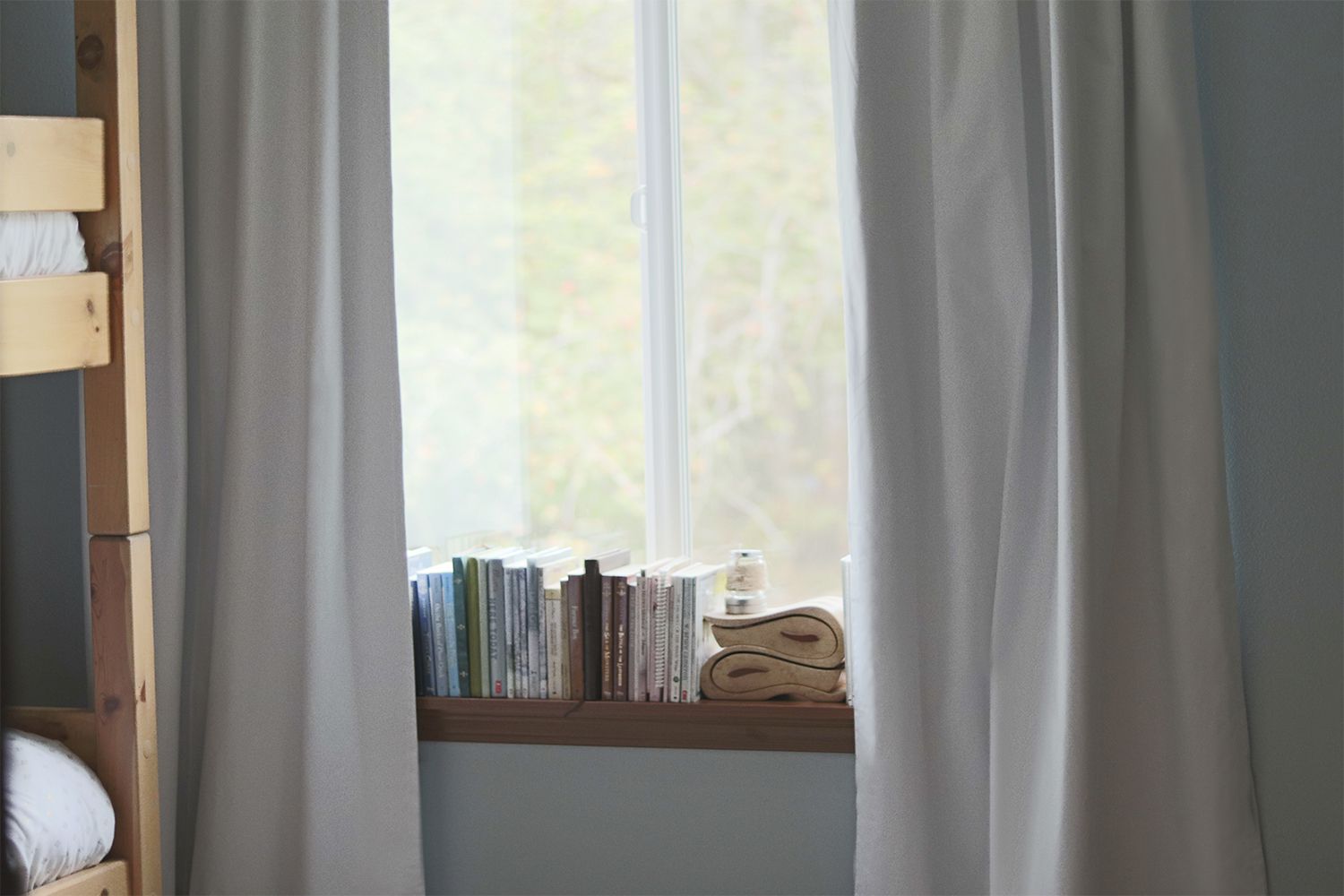
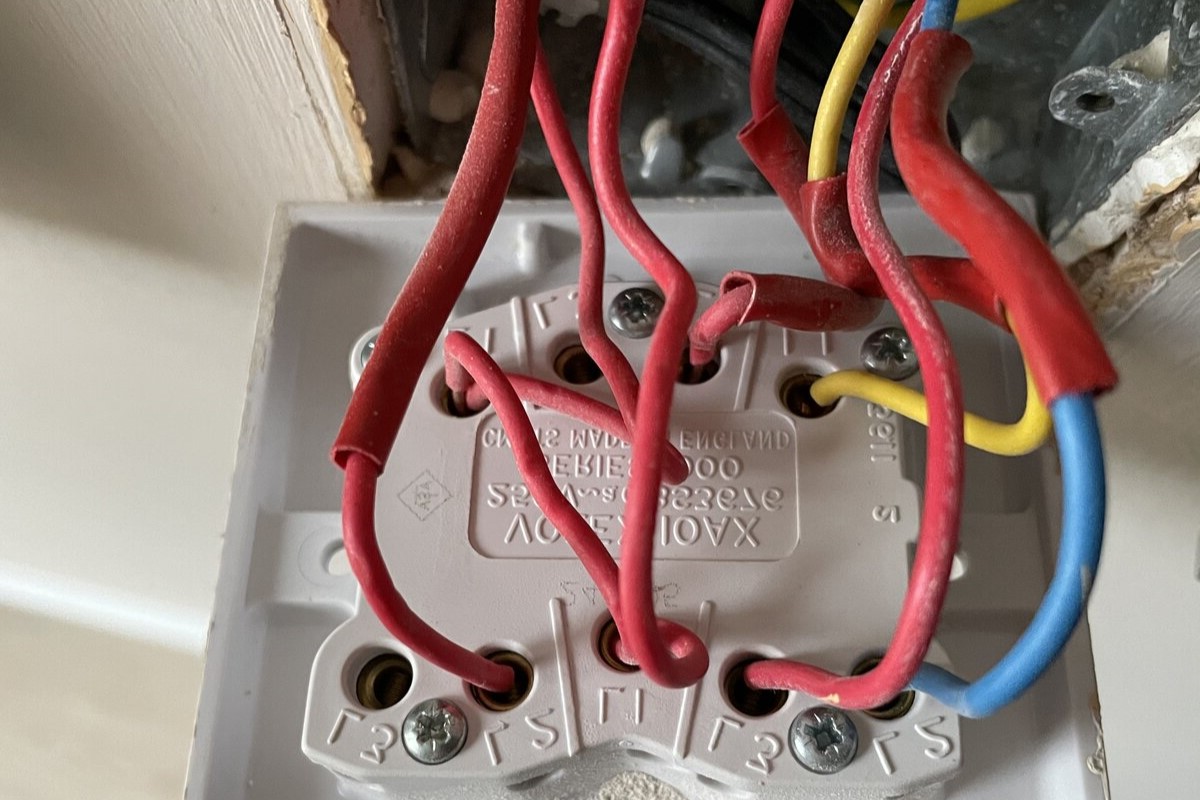
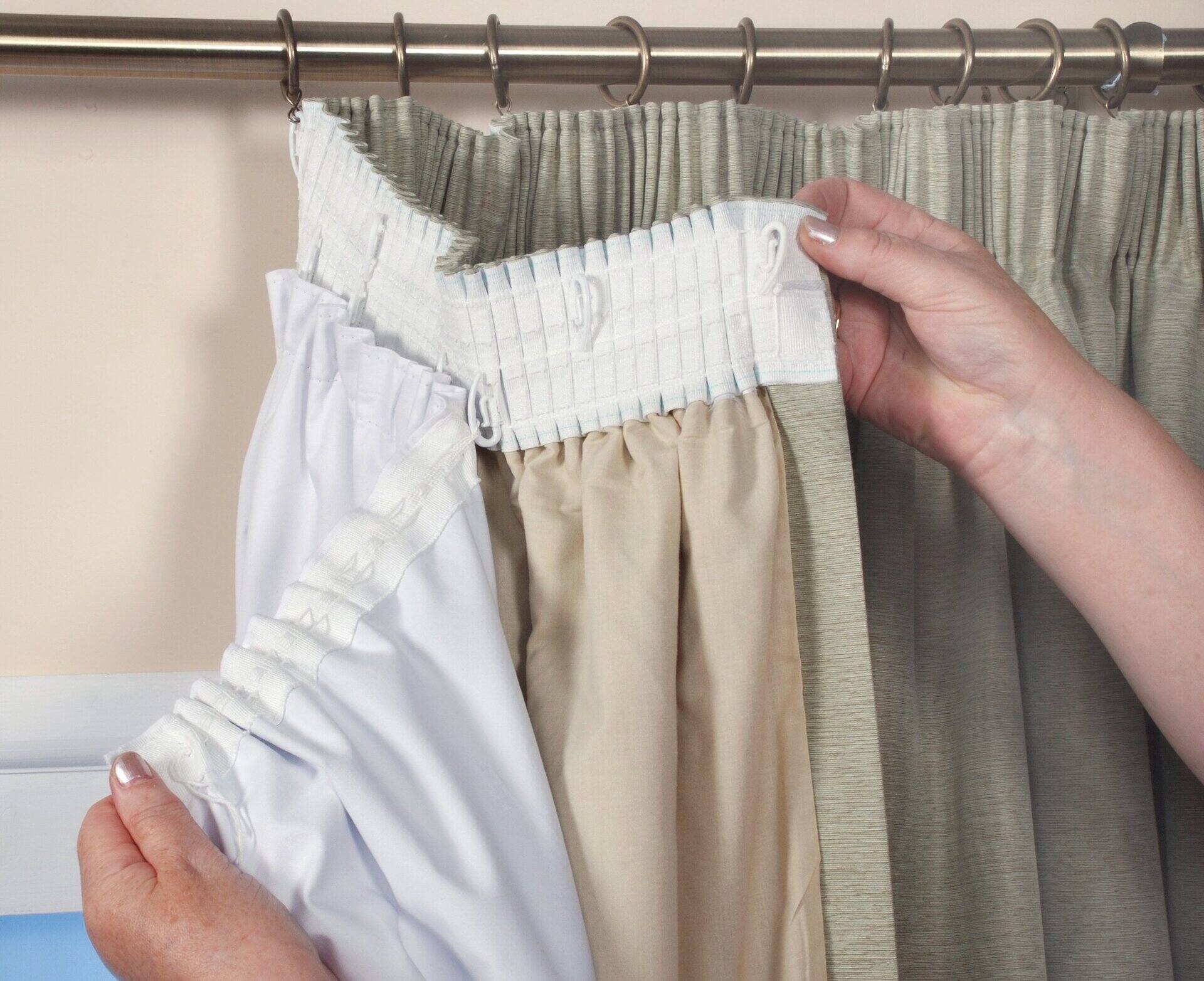
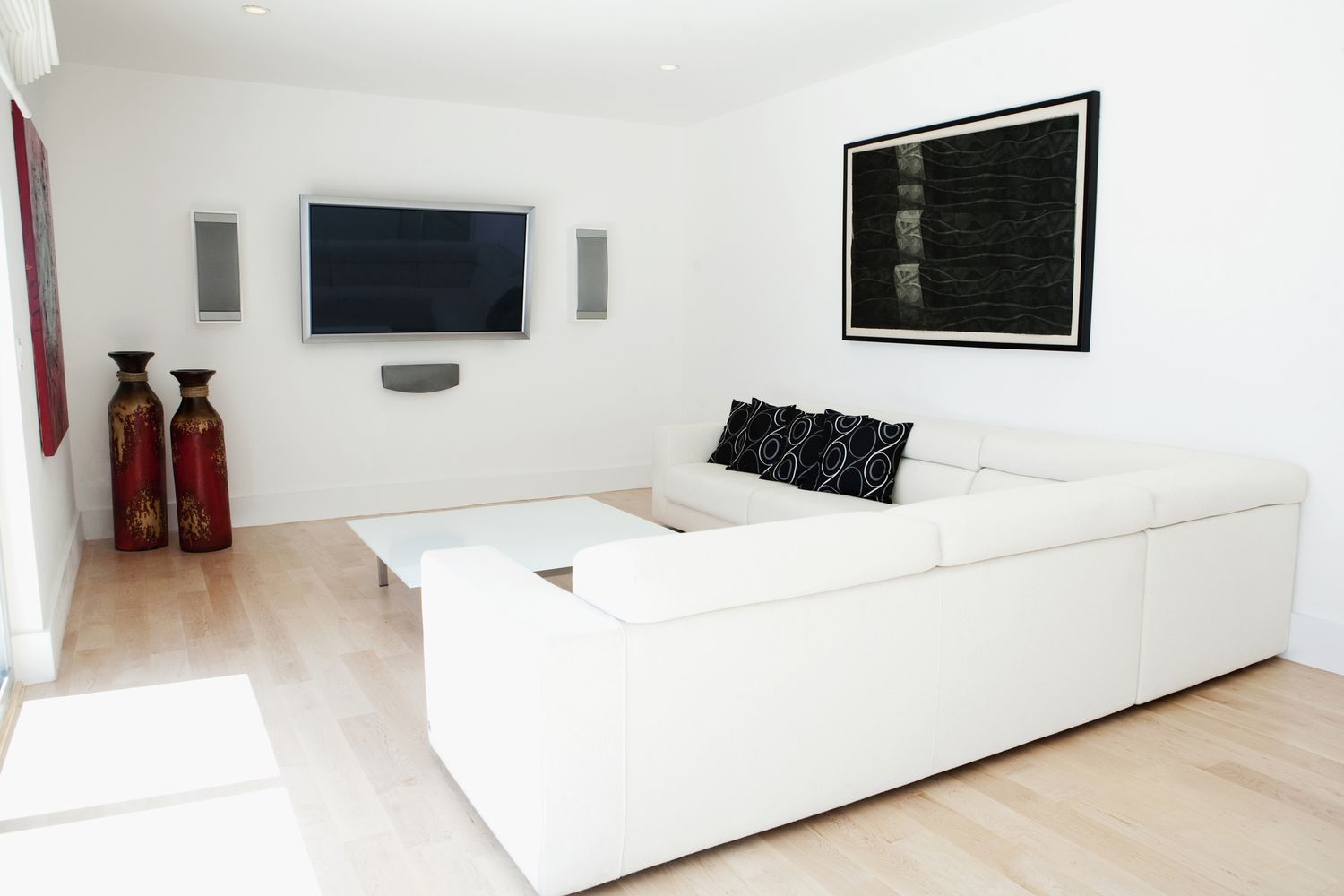
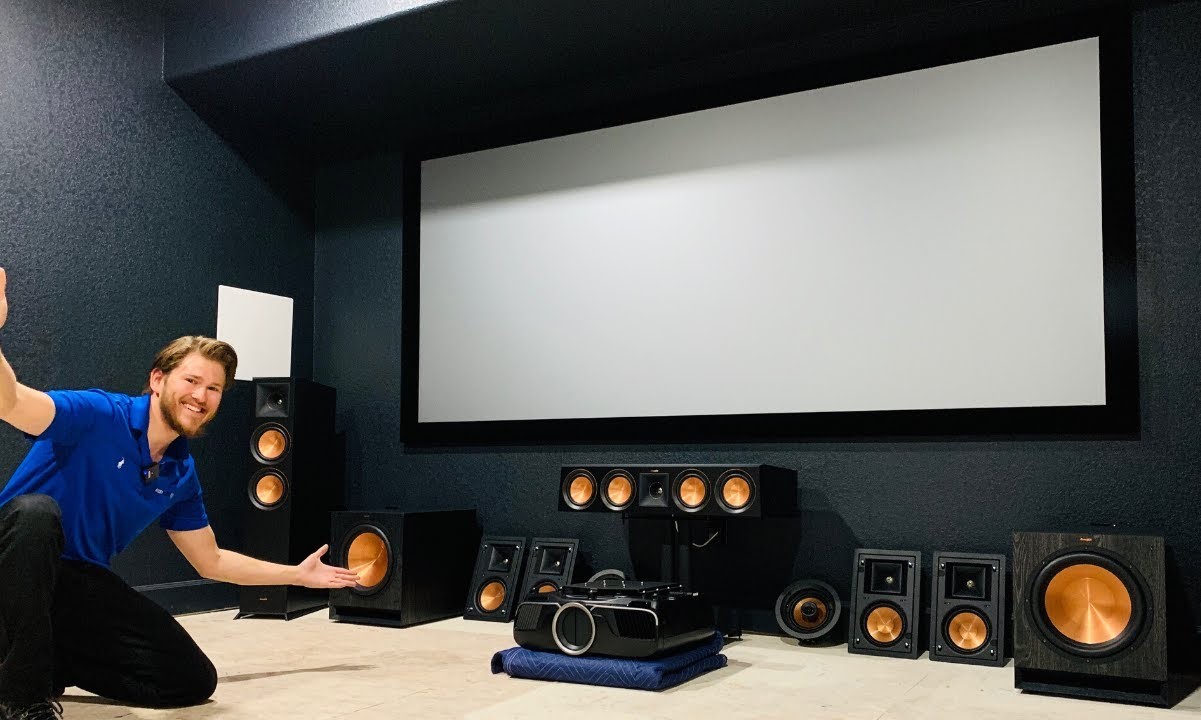
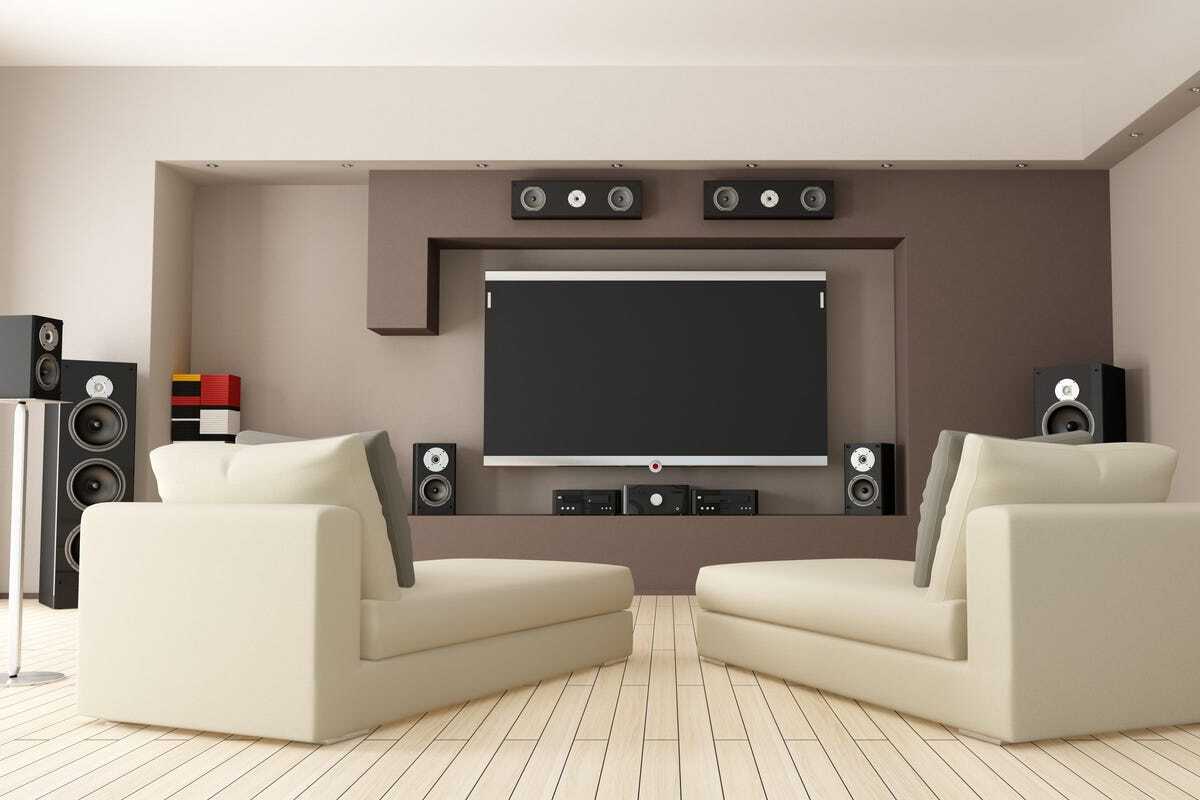
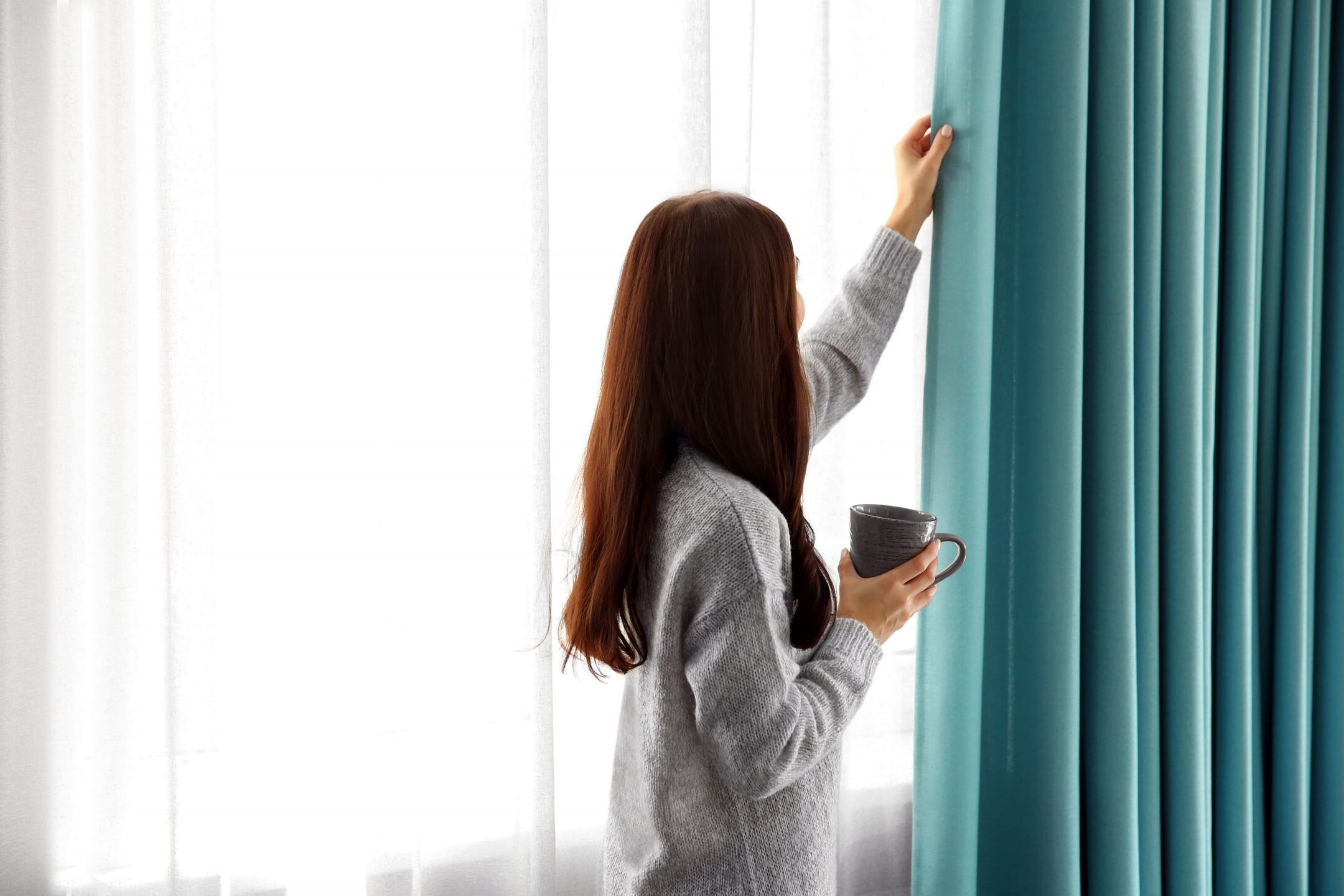
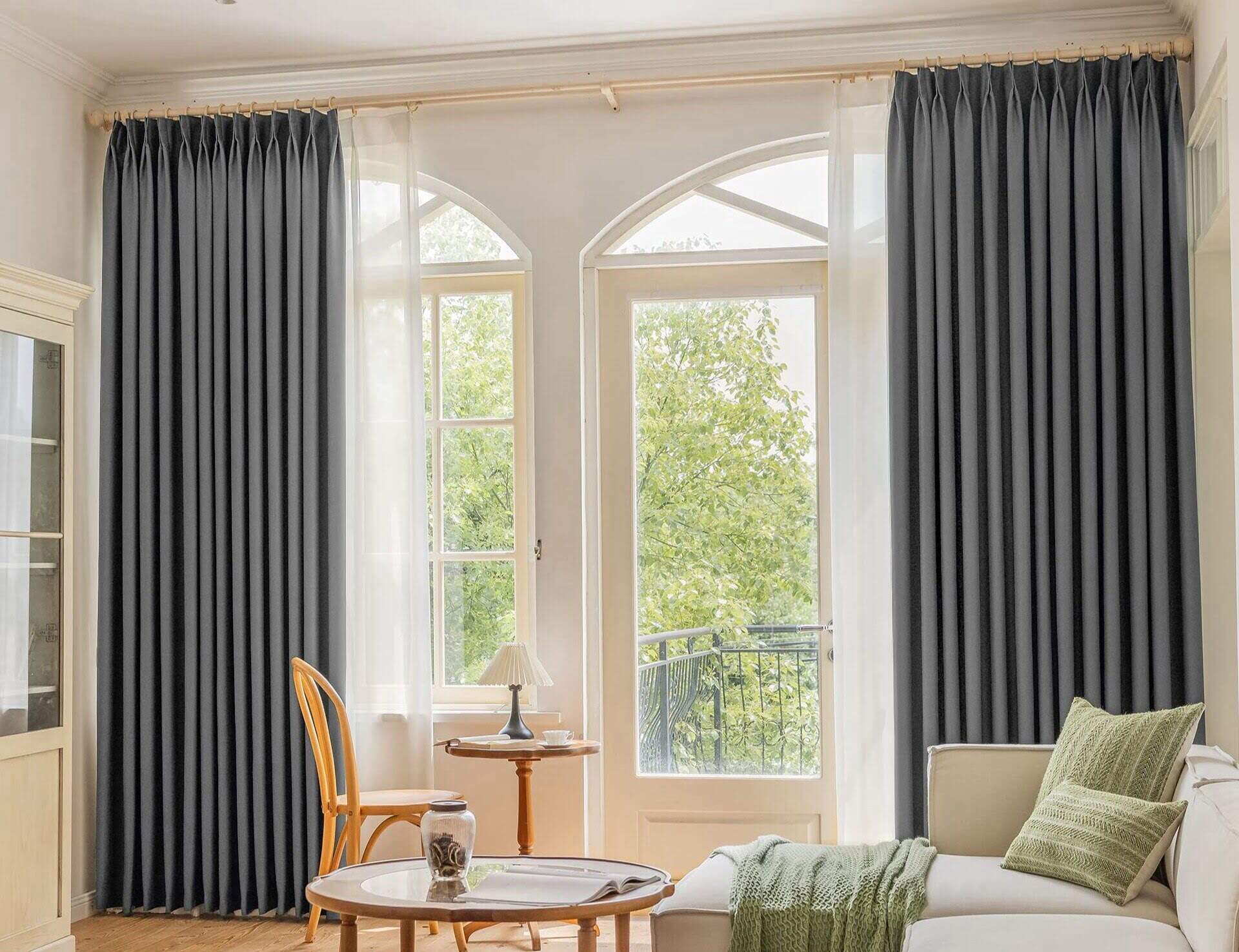
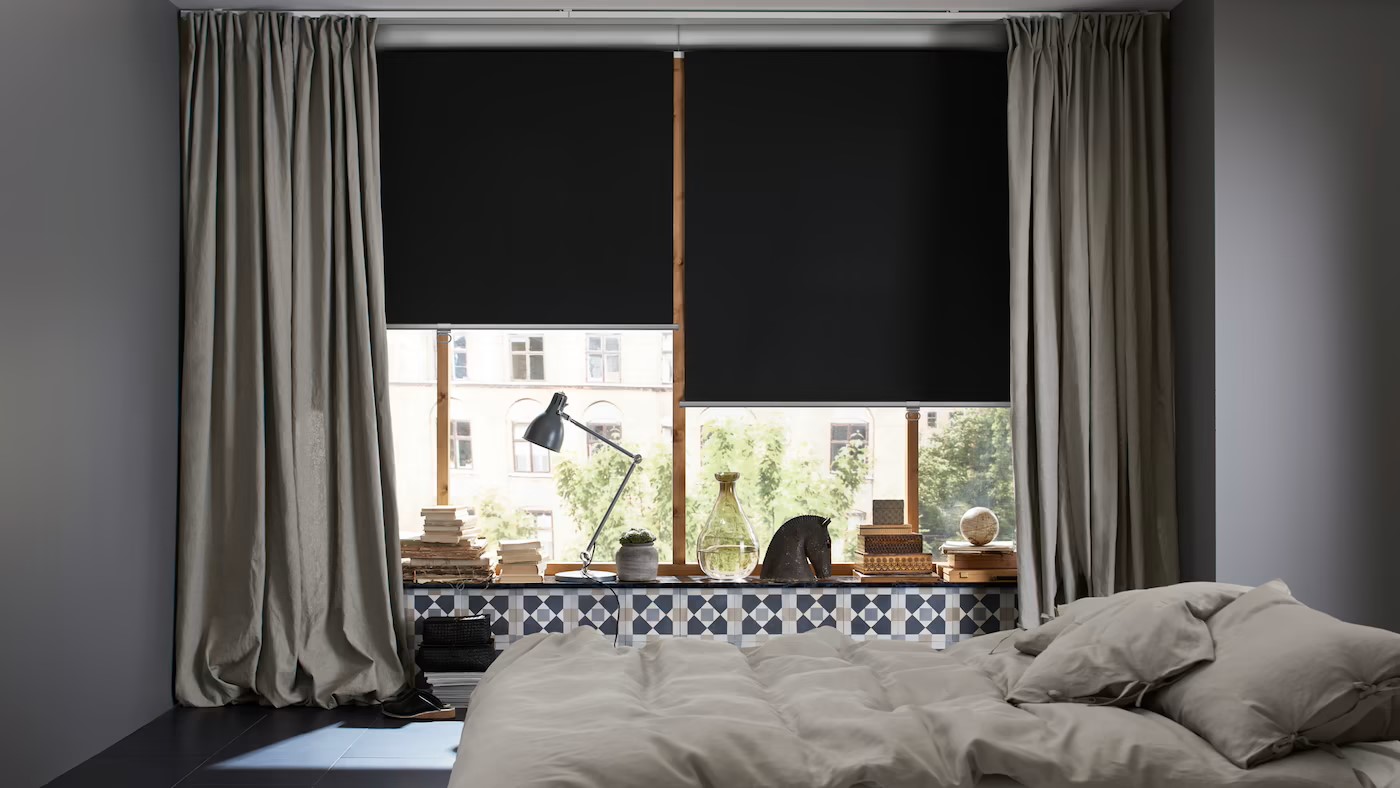

0 thoughts on “Home Theater Blackout Curtains Installation for Light Control”